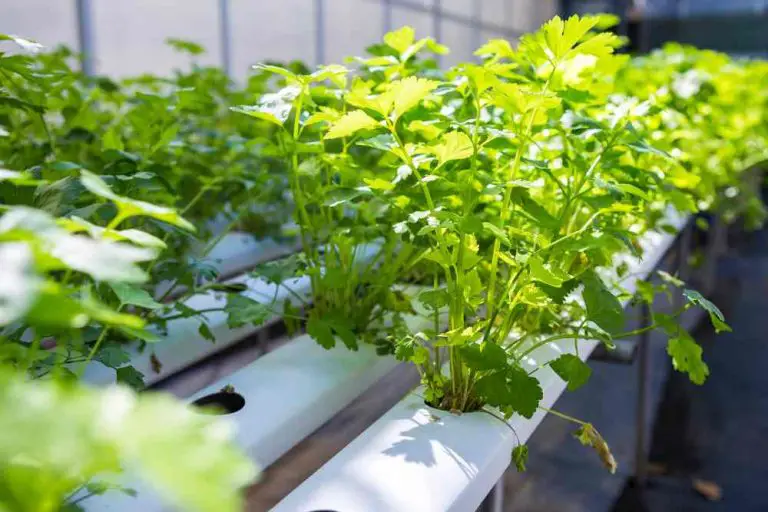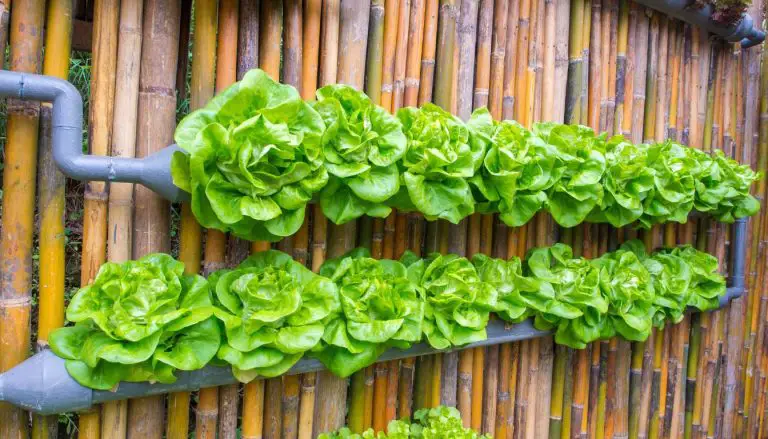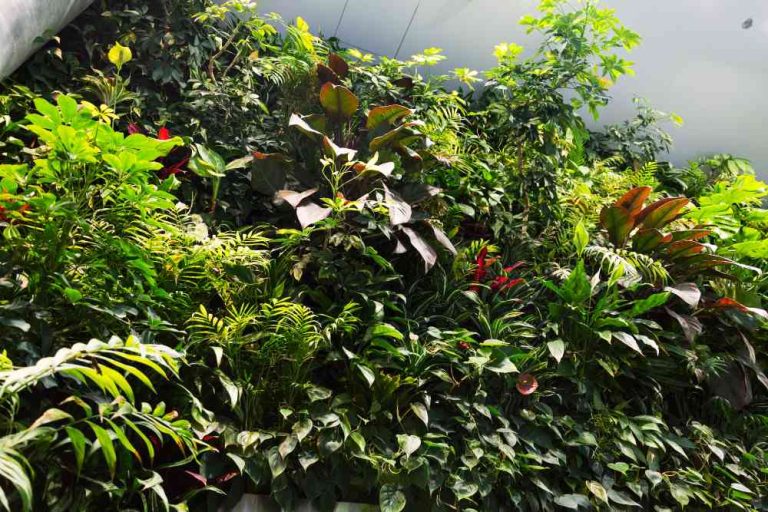Expert Tips on Vertical Garden Maintenance: Tips and Tricks
Vertical gardens are a popular way to incorporate greenery into any space, whether indoors or outdoors. They can provide privacy, add lush foliage, and even disguise unattractive walls. However, maintaining a vertical garden requires proper care and attention. In this article, I will share expert tips on vertical garden maintenance to help you keep your green wall looking healthy and vibrant.

- Regular maintenance is essential for a thriving vertical garden.
- Proper watering and fertilizing are crucial for plant health.
- Consider the specific needs of your vertical garden when choosing a system.
- Select plants that suit your climate, wall orientation, and gardening experience.
- Get creative with your vertical garden design to make it visually appealing.
Factors to Consider When Planning Your Vertical Garden Wall
Planning your vertical garden wall requires careful consideration of several factors. By taking these factors into account, you can create a thriving and visually appealing vertical garden that suits your space and preferences.
Space Availability
Start by assessing the available space for your vertical garden. Consider the dimensions of your wall and determine how much vertical space you have to work with. This will help you determine the number of plants you can accommodate and choose appropriate plant species.
Climate and Wall Orientation
Take into account the climate in your area and the specific orientation of your wall. Different plants have different temperature and light requirements, so choose plants that thrive in your climate and coordinate with your wall’s orientation (e.g., sun exposure). This will ensure that your plants receive the right amount of light and stay healthy.
Plant Selection
When planning your vertical garden, carefully select the plants that will thrive in your chosen location. Consider factors such as sun or shade tolerance, water requirements, and growth habits. Choose plants that are suitable for vertical growing and can handle the conditions of your space.
Choosing the Right Vertical Garden System
When it comes to setting up your vertical garden, choosing the right system is crucial for its success. There are various options available, each offering its own set of advantages. Here are some popular vertical garden systems to consider:
1. Self-Watering Vertical Garden
A self-watering vertical garden is a convenient option for those who want to minimize the maintenance involved. These systems have built-in watering mechanisms that automatically provide water to the plants at regular intervals. This ensures that your vertical garden receives consistent moisture, keeping the plants healthy and thriving.
Read – DIY Automatic Watering System For Indoor Plants
2. Container Vertical Garden
If you prefer a more flexible and portable option, a container vertical garden is an excellent choice. This system allows you to plant your greenery in individual containers, which can be arranged and rearranged to suit your preferences. Container gardens are versatile and can be easily moved around to take advantage of sunlight or to change the overall look of your vertical garden.
Read – Top Indoor Garden Containers
3. Modular Kits
Modular vertical garden kits offer a customizable solution for creating your green wall. These kits typically consist of individual modules that can be stacked or arranged in various configurations. Modular systems are popular because they allow for easy expansion and modification as your garden grows. You can start small and add more modules as needed.
4. Hydroponic System
If you’re interested in soil-less gardening, a hydroponic system is worth considering. Hydroponics utilize water-based nutrient solutions to grow plants, eliminating the need for traditional soil. This type of vertical garden system is efficient and enables faster plant growth. It’s a great option for those with limited outdoor space or for indoor gardens.
5. Custom-Sized Vertical Gardens
If none of the pre-designed systems suit your needs, you can opt for a custom-sized vertical garden. This involves designing and building a vertical garden to fit your specific space and requirements. Custom gardens offer complete flexibility and allow you to incorporate unique features and designs. However, they may require more planning and expertise to set up.

Selecting the Best Plants for Your Vertical Garden
Choosing the right plants for your vertical garden is crucial to its success. The plants you select will determine the overall look and feel of your green wall, as well as how well they thrive in the given conditions. There are several factors to consider when deciding on the best plants for your vertical garden.
1. Vertical Garden Plants: Consider a mix of vertical garden plants to create a visually interesting and diverse display. Choose plants with varying heights, textures, and colors to add depth and dimension to your vertical garden.
2. Low-Maintenance Plants: Choose low-maintenance plants to make your vertical garden care easier. Succulents are a popular choice for vertical gardens as they require minimal watering and can withstand a wide range of environmental conditions.
3. Vertical Garden Herbs and Flowers: Incorporate herbs and flowering plants into your vertical garden to add fragrance and beauty. Herbs like basil, mint, and rosemary not only look lovely but can also be used in cooking, making them both practical and aesthetically pleasing choices.
4. Vertical Garden Succulents: Succulents are excellent choices for vertical gardens due to their ability to store water in their leaves. They come in a variety of shapes, sizes, and colors, making them versatile and visually appealing options for your vertical garden.
Installing and Setting Up Your Vertical Garden
Setting up your vertical garden is an exciting step in creating a green oasis in your space. Whether you’re installing it indoors or outdoors, there are a few key considerations to keep in mind. Here are the essential steps to successfully install and set up your vertical garden:
Determining the Location
Consider the available space and the environment when choosing the location for your vertical garden. Ensure it receives adequate sunlight or shade based on the plant’s requirements. Take into account the accessibility for watering and maintenance as well. Remember, the location will have a significant impact on the growth and health of your vertical garden.
Structuring Your Garden
Select a suitable structure for your vertical garden, such as a trellis, modular panels, or a living wall system. Ensure the structure is sturdy and can support the weight of the plants and the irrigation system, if applicable. Properly secure the structure to the wall or fence to prevent any accidents or damage.
Irrigation and Watering Schedule
Decide on the irrigation system that best suits your vertical garden. Options include drip irrigation, self-watering systems, or manual watering with a hose or watering can. Set up the irrigation system according to the manufacturer’s instructions and consider using a timer to automate watering. Establish a watering schedule based on the specific needs of your plants to ensure they receive the right amount of water.
Tips for Watering and Fertilizing Your Vertical Garden
Proper watering and fertilizing are essential for maintaining a healthy and thriving vertical garden. Here are some tips to help you keep your green wall lush and vibrant:
1. Watering
Vertical gardens can dry out quickly, so it’s important to ensure they receive adequate water. Consider using an irrigation system to deliver water directly to the plants’ roots. This will help prevent water wastage and ensure efficient hydration.
Alternatively, you can hand water your vertical garden using a hose or watering can, being careful not to overwater. It’s important to establish a watering schedule that suits the needs of your plants and the prevailing weather conditions.
2. Fertilizing
Regular feeding with a suitable plant fertilizer is important to provide essential nutrients for your vertical garden. Choose a slow-release fertilizer specifically formulated for vertical gardens to ensure optimal growth and health. Follow the manufacturer’s instructions for application rates and frequency. Be cautious not to over-fertilize, as this can lead to nutrient imbalances in the soil.
3. Water Retention
Vertical gardens are more susceptible to water loss due to their vertical orientation. To improve water retention, consider using a potting mix that contains peat moss. Peat moss can help retain moisture in the soil, reducing the frequency of watering. Additionally, organic mulch can be applied to the top layer of the soil to further conserve moisture and prevent weed growth.
Maintenance Tips for a Thriving Vertical Garden
Keeping your vertical garden in top shape requires regular maintenance to ensure its health and longevity. Here are some essential tips to help you care for your vertical garden:
1. Pruning
Regularly prune your vertical garden to remove any dead or overgrown foliage. This will promote air circulation and prevent the spread of diseases. Trim back any plants that are encroaching on others or blocking light. Pruning will also help maintain the aesthetic appeal of your garden, keeping it neat and well-maintained.
2. Cleaning
Keep your vertical garden clean by gently wiping the leaves to remove dust and debris. This will not only improve the appearance of your garden but also help prevent pests and diseases. Use a soft cloth or sponge dipped in a mild soapy solution to clean the leaves, ensuring you rinse them thoroughly afterward.
3. Pest Control
Regularly inspect your vertical garden for any signs of pests, such as aphids or spider mites. If you notice any pests, take immediate action to prevent them from spreading. Use natural pest control methods whenever possible, such as introducing beneficial insects or spraying a mixture of water and mild dish soap. Be careful not to use harsh chemicals that could harm your plants.
4. Troubleshooting
If you encounter any issues with your vertical garden, it’s important to troubleshoot and address them promptly. Monitor your plants for signs of nutrient deficiencies, diseases, or water stress. Adjust your watering and fertilizing routine as needed, and consult gardening resources or professionals for guidance when necessary.

Creative Ideas for Vertical Garden Design
Designing a vertical garden offers a world of possibilities to showcase your creativity and create a stunning focal point in any space. Whether you’re looking to add some greenery to an outdoor area or bring nature indoors, here are some creative ideas to inspire your vertical garden design:
1. Vertical Garden Aesthetics
2. Vertical Garden Plant Combinations
3. Vertical Garden Accents

FAQ
What factors should I consider when planning my vertical garden wall?
When planning your vertical garden wall, consider factors such as your readiness to maintain it, the amount of space you have, your climate and wall orientation, the types of plants you want to grow, and whether you want to grow food or just enjoy the visual effect.
What types of vertical garden systems are available?
There are various vertical garden systems available, ranging from self-watering systems to container gardens and modular kits. The choice of system depends on your specific needs, whether you’re a residential gardener or an expert.
What plants are best for vertical gardens?
Low-maintenance plants like succulents, herbs, flowering annuals, and trailing varieties are commonly used in vertical gardens. Choose plants that suit your climate, wall orientation, and gardening experience.
How should I install and set up my vertical garden?
Proper installation and setup are crucial for the long-term health of your vertical garden. Choose the right location, ensure the stability of the structure, and set up an irrigation system if necessary. Establish a watering schedule and a care routine.
How should I water and fertilize my vertical garden?
Vertical gardens can dry out quickly, so ensure they receive adequate water. Consider using an irrigation system or hand watering. Choose the right potting mix and incorporate peat moss for water retention. Regularly feed plants with suitable plant food.
How do I maintain a vertical garden?
Regular maintenance is essential for a thriving vertical garden. This includes pruning, cleaning, pest control, and troubleshooting any issues. Regular inspections and attention to detail will help you catch and address problems early on.
Can I get creative with my vertical garden design?
Absolutely! Explore different colors, textures, and plant combinations to create a visually appealing and unique vertical garden. Let your creativity shine and find inspiration for your design.
Is maintaining a vertical garden worth the effort?
Yes! Despite the effort, the beauty and benefits of a well-maintained vertical garden make it all worthwhile. Whether you’re growing herbs, adding greenery to your outdoor space, or creating a statement wall indoors, a flourishing vertical garden can bring joy and tranquility.
- 15 Ingenious Kitchen Garden Ideas to Cultivate Freshness Right at Home - April 7, 2024
- 10 Top Picks Best Plants for Open Terrarium - April 2, 2024
- 21 Easy and Cheap Walkway Ideas for a Charming Garden - March 31, 2024






